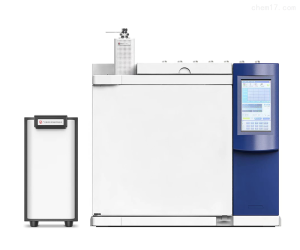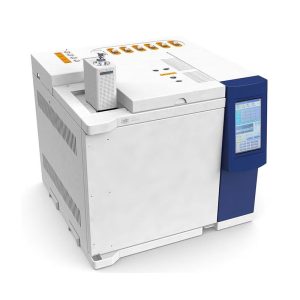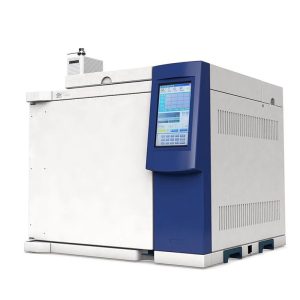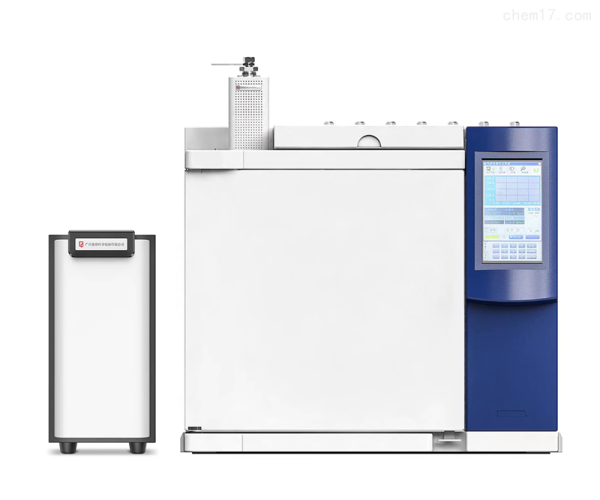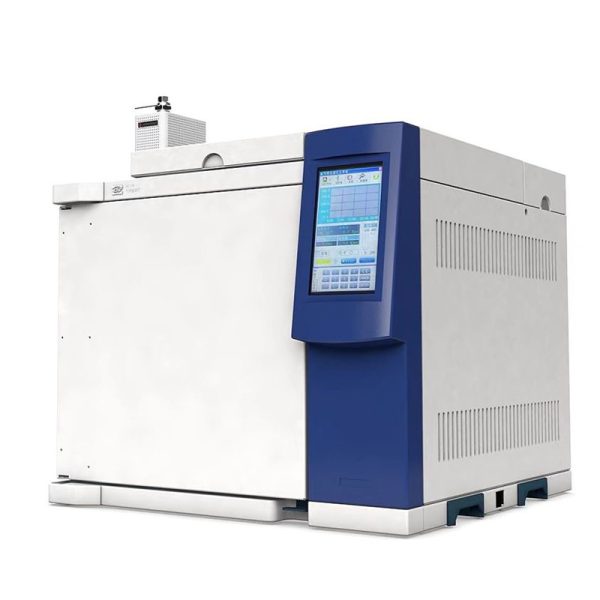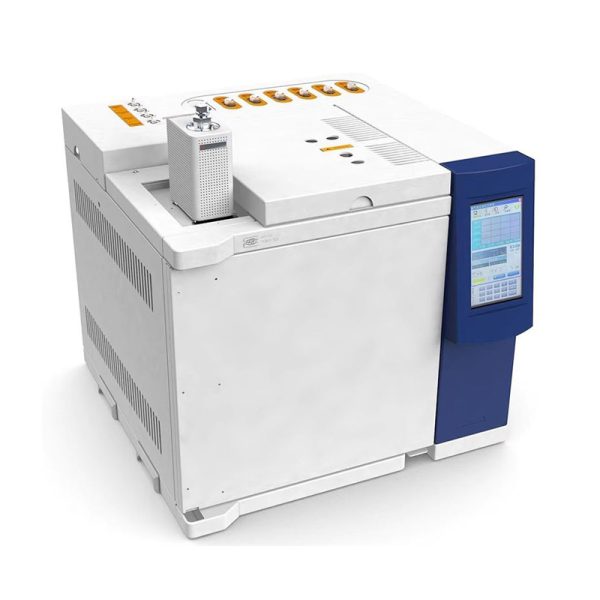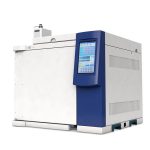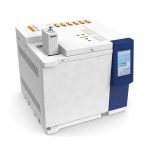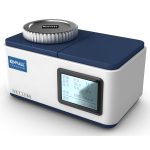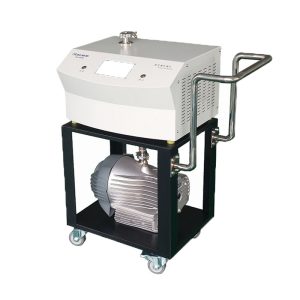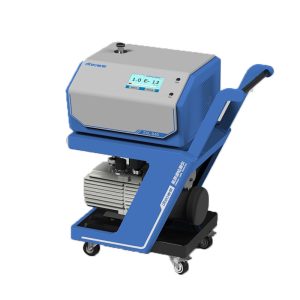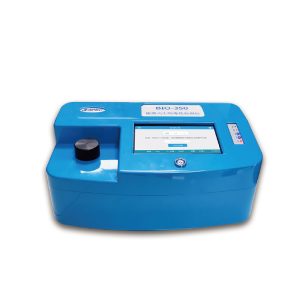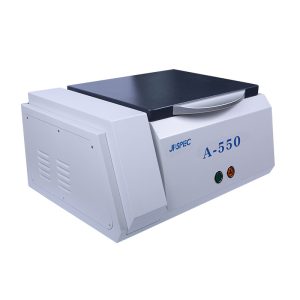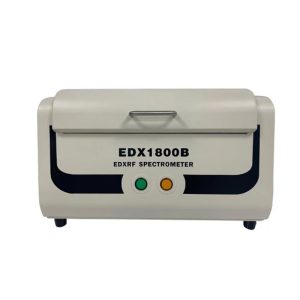TP30SN Gas chromatograph for cement siloxane pyrolysis
- Description
- Inquiry
Description
TP30SN cement siloxane pyrolysis Gas chromatograph
TP30SN Gas chromatograph for cement siloxane pyrolysis
In different regions and climatic environments, concrete buildings will encounter different erosion and damage, such as high-performance concrete structure protection of port and wharf, Marine concrete protection of cross-sea bridge, concrete structure protection of viaduct, highway bridge, railway bridge, tunnel concrete structure protection. Airport runway concrete structure protection, clear concrete structure protection, thermal power, nuclear power plant concrete structure protection and so on. As an effective concrete protection material, silane can provide long lasting protection for concrete. The protective layer formed by silane on the surface of concrete can effectively prevent the invasion of water and chloride ions, so that the steel bar from corrosion; Can prevent the occurrence of concrete carbonization; At the same time, the damage to concrete caused by freeze-thaw can be greatly reduced.
The principle of concrete silane impregnation and protection technology is to use the special small molecular structure of silane to penetrate the surface of concrete, penetrate into the concrete interior several to ten millimeters, penetrate the deep layer of concrete surface, distribute in the concrete capillary wall, and even reach the smallest capillary wall, and exposed to the acidic and alkaline environment of the air and the water in the base of chemical reaction, Polymerization to form a network of crosslinked silicone macromolecule hydroxyl groups. These hydroxyl groups will be condensed with the base and itself, resulting in glue bonding, accumulation, curing combined in the inner wall and surface of the capillary hole, forming a strong, rigid and flexible anticorrosive permeable water repellent layer. Because it will not block the porosity, it can maintain the air permeability of the substrate. By counteracting the forced suction of capillary pores, silane concrete protective agent can prevent water and soluble salts, such as chlorine salt infiltration, effectively prevent the substrate due to water seepage, sunshine, acid rain and seawater erosion of concrete and internal steel structure corrosion, loose, peeling, mildew caused by the disease, there is a good UV resistance and oxidation resistance, It can provide long-term and lasting protection and improve the service life of buildings.
After waterproof treatment, the substrate forms a surface tension much lower than water, and produces capillary inverse pressure phenomenon, and does not block the capillary pores, both waterproof and maintain the “breathing” of the concrete structure. At the same time, the silicone polymer formed by the chemical reaction is organically combined with the concrete as a whole, so that the substrate has a certain toughness, can prevent the cracking of the substrate and make up for the crack of 0.2mm. When the waterproof surface is damaged due to abnormal reasons (such as external force), the silane on the damaged surface continues to react with water, so that the waterproof layer on the damaged surface has self-repair function. In addition to its hydrophobicity, the silane concrete protectant is not damaged by the alkaline environment of the newly poured concrete. In contrast, alkaline environments, such as freshly poured concrete, stimulate the reaction and accelerate the formation of repulsive surfaces. In theory, silane can last as long as concrete, and the stronger the concrete, the longer it will last.
According to the standard: JTS153-2015 “Water Transport Engineering Structure Durability Design Standard”; JTJ275-2000 “Harbor Engineering Concrete structure surface coating anti-corrosion technical code”; JTT695-2007 Technical Specification for anticorrosive coating of Concrete Bridge Structure.
At least 3 days after the last silane spraying, a core sample of approximately 50 mm in diameter and 40±5 mm in depth was drilled. Split the core sample at a concentration of 3-4mm (concrete with strength grade ≤C45) or 2-3mm (concrete with strength grade ≥C45) away from the original surface. Several powder samples were taken from the newly exposed surface of the core sample. The powder samples were decomposed into plasma gas by thermal decomposition. The average percentage of silane in the weight of the cement slurry powder samples was obtained by gas chromatograph (RY-100A+GC-2020/2030). The percentage of silane in the impregnation area shall not be less than 0.1% of the weight of the cement slurry powder.
TP30SN Gas chromatograph for cement siloxane pyrolysis
Pyrolysis gas chromatography, also known as cracking gas chromatography, is to make large molecular substances (such as polymers, biochemical samples) in the pyrolyzer heated to a few hundred or higher temperature, rapid pyrolysis into small molecular fragments, and directly into the gas chromatograph for analysis.
Since the composition and relative content of volatile products correspond to the structure, composition and property of the measured substance, the pyrolytic chromatogram of each substance has its own characteristics under certain pyrolysis conditions, which is called fingerprint pyrolytic spectrum. It can be used to identify the types of polymer compounds and analyze the components in mixtures qualitatively and quantitatively. Pyrolysis gas chromatography can also be used as a test means to determine the micro structure of polymer compounds, the kinetic mechanism of polymerization process and decomposition process, and to investigate their thermal stability.
The pyrolysis spectra vary with different experimental conditions. In order to obtain repeatable and comparable pyrolysis spectra in different laboratories, the following three parameters are crucial: The time required to heat the sample to a predetermined pyrolysis temperature. Materials for parts in contact with the sample. At the pyrolysis temperature, some substances (such as quartz and iron) produce catalysis, which will change the distribution of pyrolysis products. Platinum and gold are commonly used materials for pyrolyzers. The volume of the product of the pyrolyzer should be as small as possible, and can immediately enter the carrier air, and keep at a uniform temperature. The commonly used pyrolyzers are: tube pyrolyzer; Hot wire pyrolyzer; Curie point pyrolyzer; Laser pyrolyzer.
Pyrolytic chromatography can overcome the shortcomings of gas chromatography. It is suitable for the analysis of polymers, biomacromolecules, microorganisms and high boiling organic compounds. Copolymerization composition can also be determined; Distinguish blends and copolymers; Some end groups of polymers were determined to determine the molecular weight of polymers. The chain structure of some polymers was determined and the thermal stability, aging resistance, processing and other properties of polymers were studied. In addition, it can also be used in medicine, biology and other fields.
